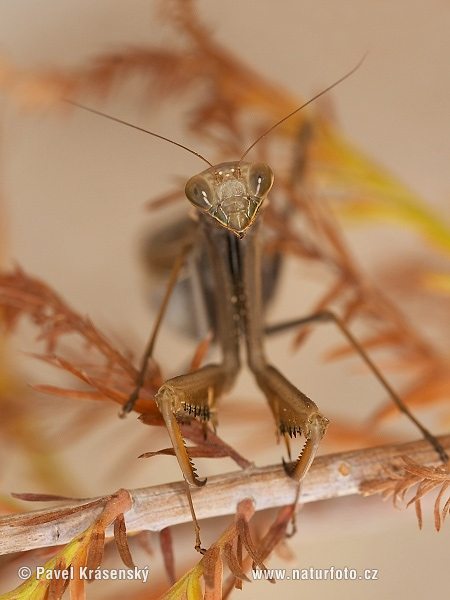
After the eggs of the Mantidophaga (wasps) hatch, they fly off to find a new host. The adult parasites reside on the mantids in groups of approximately five. Mantidophaga is both a parasite in adult and larval stages and lives inside the mantis egg cases. Wasps such as the Mantidophaga and Podagrion are known to feed on mantids eggs. A bee, for example, may sting the mantis before it’s devoured, ultimately killing the mantis. Poisonous insects –such as bees or spiders that possess a lethal sting, may succeed in subduing the mantis using their poison. Depending on the size, mantids are vulnerable than larger prey such as frogs or even spiders. They are also victims of a lot of parasites.īelow are some of the prey items that are harmful to praying mantises: Sometimes what they eat is what might kill them. Foods Avoid feeding Praying Mantisĭespite being apex predators, mantids are also limited. Larger mantids possess the capability to hunt and consume larger prey. Their size typically determines mantids’ diets. In times of scarcity, they may prey and feed on their species as well. Beetles –like birds are both predators and prey of mantids depending on the size of either of the insects. Hummingbirds –large mantids are capable of subduing these species of birds and eating them. Butterflies –mantids are attracted to gardens by flowers just as butterflies, and hence they provide a staple diet for garden dwelling mantids. Bees may pose a slight threat during consumption as they may attempt to sting the mantis, rendering the mantid dead or seriously injured. Cockroaches –are easily consumed by mantids of all sizes and provide a staple meal, especially for young mantids. Mosquitoes –are easy to hunt for mantids and pose no threat during consumption. The bigger the mantid, the greater the chances it has to subdue and consume the frog. Frogs –are both prey and predators of mantids. Crickets –provide a staple diet for mantises but can also prove harmful as they may also harm the mantid before consumption. Spiders –tiny spiders act as a good food source though some may bite the mantid before it’s eaten. Here are some of the foods mantids like to eat most: With their camouflaged bodies, razor-sharp forelimbs, and heads that can rotate to up to 180 o, these insects are fearless and can take on the most formidable prey. Mantids are also biotrophs, meaning they can consume both carnivorous anthropods (insects) and herbivores. They are known to take on anything from grasshoppers to frogs. Therefore, their diets are primarily protein-rich. What Do Praying Mantises Like To Eat Most? Detection of ultrasounds also enables them to hunt effectively. Ultrasound helps them avoid bats that are considered their number one predator. 
However, the adaptation allows them to detect ultrasound produced by bats. The cover of these long grasses keeps them hidden against their predators and prey, allowing them to ambush their prey easily.ĭid you know mantids have only one ear? Its found in their under-bellies, meaning it is unable to distinguish sound direction. They go for warm, natural habitats that have long grasses and various shrubs and bushes. Moreover, mantids bear antennas on their heads that they use for sniffing out suitable prey. The female mantid gains nutrients that keep her from hunting after she mates.įurthermore, it provides the female with resources for faster production of large eggs that increase the chances for her eggs to survive. The practice is called sexual cannibalism.Įngaging in sex cannibalism helps them replenish the energy used up during the process. They have a particular practice that involves feeding off males before, during, or after mating. Hence, the name ‘praying mantis.Ī majority of mantids are known as ‘ambush predators,’ though a number of the ground-dwelling species are notorious for actively pursuing their prey.įemale mantids are significantly larger than their male counterparts.

They are famed for their upright stationary posture, which resembles a praying person. Mantids’ front legs have rows of spines that help them hold prey as they mutilate them, usually eating their heads first. They use their raptorial legs to snare their victims swiftly. All mantids possess elongated legs adapted for catching and gripping onto prey. Mantids have triangular heads with bulging eyes on flexible necks. Praying mantis holds the more significant share of the family Mantidae. Mantises or mantids are members of the order Mantidea of insects.






 0 kommentar(er)
0 kommentar(er)
